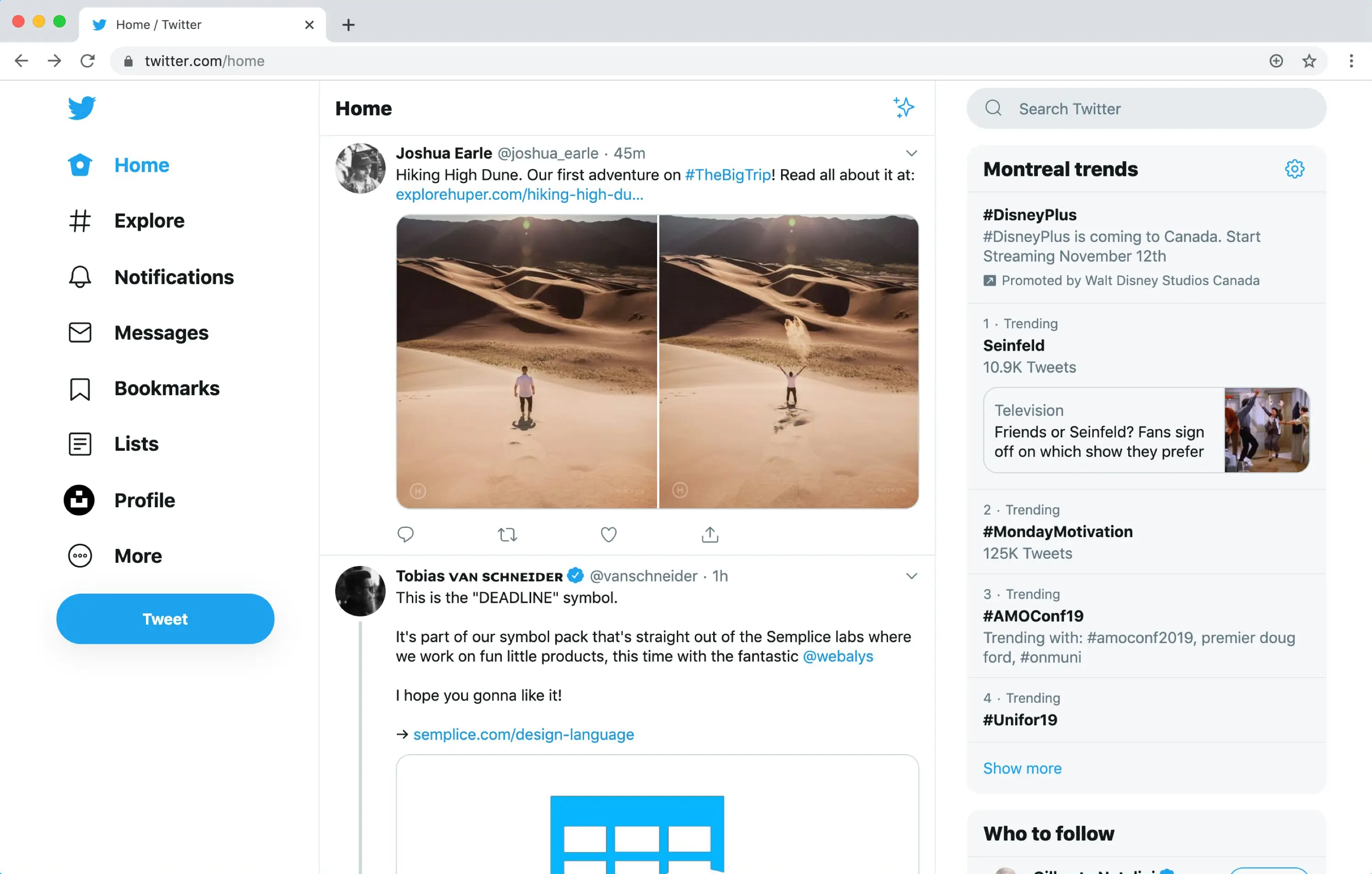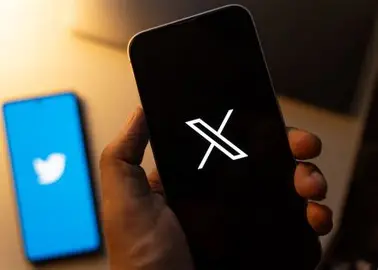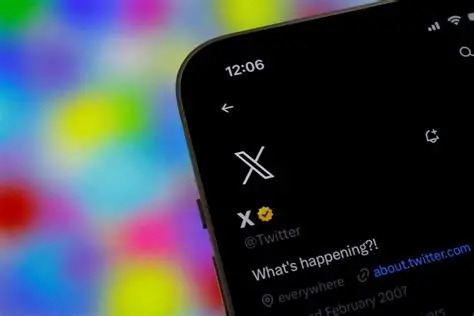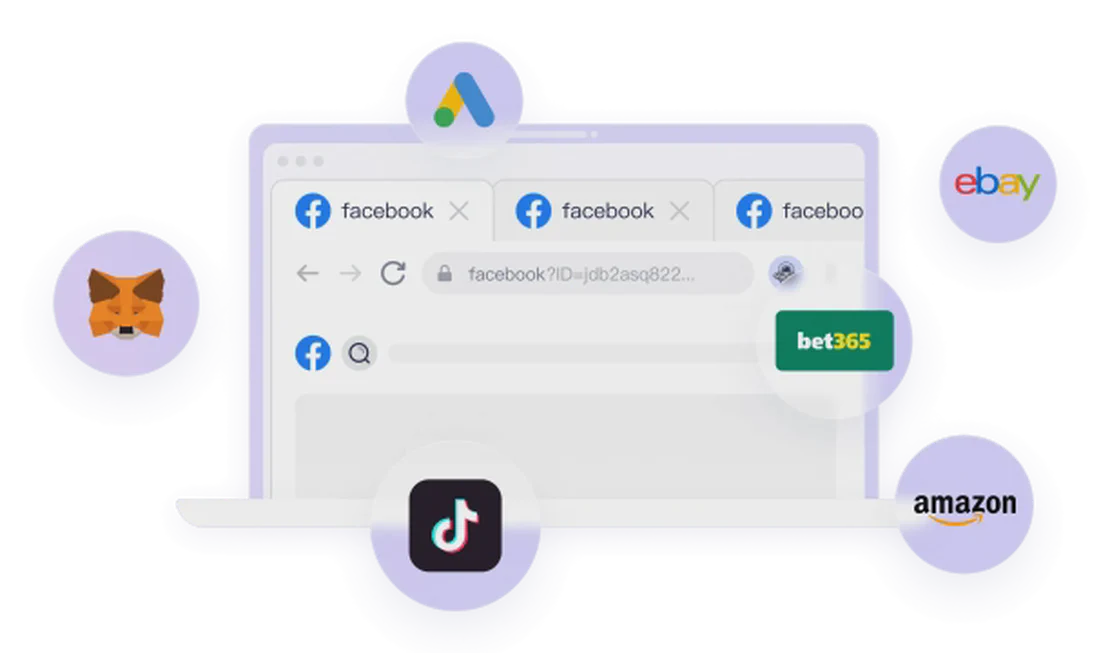You might be just one post away from the dream social media engagement you’ve always wanted. Have you ever felt frustrated? Spending hours on a meticulously crafted piece, adding a ton of hashtags, and getting little to no return, with your follower count barely moving? Why do some of your posts blow up with likes, yet hardly anyone decides to follow you?
If you’re facing these struggles, whether you’ve been trying to grow your art account for a while or are just starting out, this guide will provide you with a proven growth strategy. The key isn’t that your art skills are lacking; it’s whether you’re using the right methods.

From “What to Draw” to “Who to Draw For”: Precise Targeting is the First Step
In the age of social media information overload, a general audience like “anime fans” or “game lovers” is not an effective target. That’s too broad, like trying to find a specific fish in an endless ocean. Real growth begins with narrowing, and then narrowing again, your target audience until you have a clear, easily reachable community.
- Find Your Microniche: Look at successful artists; some focus solely on drawing one specific character (e.g., only Nezuko from Demon Slayer), while others concentrate on fan art for a single game (e.g., Genshin Impact or Uma Musume). When you specialize in a narrow field, it’s easier to establish an “expert” identity within a specific fan group.
- Pivot to the Creator Community: A surprisingly insightful strategy is to target other artists as your audience. This seems counterintuitive—“Artists won’t buy my art or sponsor me, right?” But consider the behavioral logic. A casual fan might give a like and move on, never even visiting your profile. Another artist, however, if they admire your work, is far more likely to Retweet your post.
- Peers are Your Amplification Nodes: In the art community, “artists follow artists” is common practice. Every Retweet from a peer is a showcase to another high-quality, potentially influential audience. Therefore, instead of trying to please millions with a generic piece, focus on creating a work that can resonate with and attract thousands of fellow artists. This requires you to constantly hone your craft, as the higher the quality of your work, the more peers you will impress and attract.
This mental shift is crucial: Your primary goal is not to directly “find clients,” but “to find the amplifiers who will help you find clients.”
From “Bio” to “Social Proof”: Building Your Digital Business Card
With a clear positioning, the next step is to make this positioning visible on your profile and proactively harness the power of Social Proof.
- Define Your Content in One Sentence: Your bio is far more important than you might think. It’s your first communication with a visitor and determines whether they’ll choose to follow. Ditch vague descriptions like “professional anime artist” or “freelancer.” Try something more concrete. For example, changing your bio from “professional anime artist” to “I draw OCs/fanart” immediately tells a visitor what to expect. This helps prevent unfollows due to mismatched content.
- Unlock the “Social Proof” Accelerator: Twitter has an invisible “follower threshold.” When your follower count is low, your content has limited reach, and new visitors might think, “This art is good, but why isn’t anyone following them?” This is a psychological bias. However, once your follower count crosses a certain milestone (e.g., 2,000), your sources of new followers become more diverse. Any successful Retweet, regardless of its origin, can now bring you new followers, rather than just likes.
- Go on the Offensive to Gain Key Node Favor: How do you cross this threshold? The answer is to proactively provide value to artists or official accounts that already have a massive following. The most direct way is to “draw their OCs” (Original Characters). This isn’t just a creative act; it’s a social strategy. If you can create a piece of an artist’s OC that pleases the original creator, and you succeed in getting them to Retweet or reply, your account can be instantly pushed to tens of thousands of new users. This is more targeted than any paid ad could be.
This marks a shift in your operational model from “passively waiting” to “actively engaging.” You are no longer just an artist posting work; you are a member of the community who understands how to leverage the social network for effective “value exchange.”

From “Content Creation” to “Content Strategy”: Making Every Stroke Count on the Path to Growth
Once your goals and methods are clear, we need to consider how to balance creation and operations to maximize the efficiency of every post.
- Strategically Choose What to Draw: The harsh reality is that the art you create specifically for growth may need to take priority over what you create purely out of passion. If you’re trying to jumpstart a new account, “drawing other artists’ OCs” should be high on your priority list early on. This is a form of “strategic creation” for the sake of growth, similar to any startup needing to invest resources to acquire its first users.
- Use Hashtags Wisely: More hashtags are not better. A cluttered post with too many hashtags looks unprofessional and cheap, and may even be suppressed by the algorithm. Select 1-2 precise, less competitive hashtags. A simple way to gauge competition is to click on a hashtag and check the posting frequency of recent posts. If a new one appears every few minutes, the competition is too fierce. If it’s hours or even a day between posts, you’ve found a blue ocean. Additionally, never forget to @ (mention) the official account or original artist of the work. This is a more direct form of interaction than using a hashtag.
- High-Quality Interaction, Not Mechanical Liking: When you want a larger artist to notice you, a thoughtful, genuine comment is far more effective than a simple like. At the same time, make full use of Twitter’s Lists and Notifications (Bell) features. When you truly admire a creator, put them in a “Special Interest” list and turn on notifications for them. This way, you won’t miss any of their updates. When you ask others to do this for you, you’re signaling, “Your work is important to me, and I don’t want to miss a thing.”
This shift in “user” thinking helps you build stronger interpersonal connections within the community, laying a more solid social foundation for your growth.
From “Single Account” to “Creator Matrix”: The Advanced Stage of Scalable Influence
Once you’ve mastered these strategies and successfully built your personal account into an influential brand, a new opportunity emerges: scaling. You may no longer be satisfied with sharing just one style of art, or you might want to create separate identities for different commercial projects (like selling a specific series of illustrations, an NFT collection, or a brand collaboration).
This strategy signifies an evolution from an “individual creator” to a “matrix creator.” When you’ve successfully accumulated a core group of initial followers using the above strategies, you might crave more. You might want to set up different “experimental accounts” to test different art styles, target audiences, or establish dedicated traffic matrices for your business projects.
However, managing one account and managing a matrix are two different challenges. You are no longer facing a “growth strategy” problem, but rather a “scalable operation” and “account security” issue. When you need to post and interact on 3 different art style accounts (e.g., one for watercolors, one for cyberpunk, one for cozy/cute art) simultaneously, your operational landscape becomes vast and complex.
In this multi-matrix scenario, the most fatal risk is account association. Social platforms use a series of data points like your device fingerprint, IP address, and login behavior to determine if multiple accounts belong to the same person. Once flagged as a linked matrix, your accounts could face shadowbanning, or worse, a collective ban. This is devastating for the carefully crafted “art brands” you’ve built.
This is precisely the “scalable security” issue you cannot avoid when evolving from a “personal brand builder” to a “matrix operations expert.” Your core strength lies in creativity and strategy, but the security, stability, and scalability of your entire art matrix depend on your ability to build a secure, independent digital environment for each “brand identity.” Our product, FlashID Fingerprint Browser, is introduced at this pivotal moment to serve as the “digital identity safe harbor” that secures and efficiently operates your entire “creative matrix.”
With FlashID, you can create a completely separate, infinitely scalable digital environment for each of your “art brand sub-matrices” (e.g., “Watercolor Art Lab,” “Cyberpunk Design Bureau,” “Cozy Corner”). This means:
- Absolute Style Isolation: Each environment has its own unique IP address, browser fingerprint, and login identity. When you browse and post under your “Cyberpunk Design Bureau” persona, the platform sees a professional artist immersed in sci-fi, futurist aesthetics. When you switch to your “Cozy Corner” persona, it sees a brand-new, warm, and gentle independent user. This creates an impregnable firewall for your different artistic brands, completely eliminating the risk of collective bans due to account association, allowing you to boldly explore multi-style, multi-account commercial ventures.
- Automated Matrix Management: The built-in RPA (Robotic Process Automation) feature is the key to liberating you from the “creator” identity. You can write an RPA script to make FlashID automatically perform tasks like: posting a scheduled piece at 10 AM using the “Watercolor Art Lab” persona; simultaneously, using the “Cyberpunk Design Bureau” persona to automatically Retweet 3 key industry leaders’ posts with a comment. This “one brand, one environment” automated matrix operation model allows you to manage a massive and efficient art brand matrix with the power of one person, truly achieving the “solo business entrepreneur” model for the creative industry.
- Seamless Cross-Device Creation: Creativity is not limited to a desktop. You might sketch on an iPad with Procreate, showcase on a phone with ArtStation, and manage your Twitter account from a computer. FlashID Cloud Phone provides perfect support. Each client’s cloud phone environment is identity-bound to their FlashID browser environment, ensuring security and consistency between mobile and web operations, allowing your “creative matrix” to function reliably anytime, anywhere.
When you evolve from an artist relying on personal effort to manage a single account into a “matrix creative master” armed with creativity, strategy, and FlashID, the foundation for securing all your art brand matrices and executing your technical strategies is this “digital identity safe harbor system.” It allows you to focus on the core value of artistic creation while your “artistic business empire” sails on a solid, secure, and scalable technological foundation, achieving a synchronized leap in both artistic value and business scale.

Ten Frequently Asked Questions (FAQ)
Q: My art style is very unique. Won’t finding a specific “microniche” limit my growth?
A: On the contrary. A precise targeting strategy helps you filter for the highest-quality followers. One person who appreciates your style is more valuable than a thousand casual likers. They are likely to become loyal customers, amplifiers, and patrons, which you can never achieve with a broad appeal.
Q: If I only love drawing my own OCs and am unwilling to draw for others, can I still use this method?
A: Absolutely. You can create an account dedicated solely to sharing your OC’s world. However, to encourage growth, you might consider interspersing high-quality fan art or OC collabs with other artists to “break out” of your initial community and reach new audiences.
Q: Why is a Retweet from another artist more valuable than a like from a casual fan?
A: Because it comes with an “endorsement effect.” When a fan sees their favorite artist Retweet something, they subconsciously assume “this artist is endorsed by XXX,” making them more likely to click and follow out of trust. It’s essentially a word-of-mouth recommendation, far more effective than a “cold” recommendation from the platform’s algorithm.
Q: Is “social proof” really that important? Isn’t that a bit unfair?
A: It reflects a certain reality of platforms and online ecosystems, which isn’t always fair. However, it reminds us that influence itself often needs to be “proven.” As audiences, we subconsciously follow people who are already being followed by many; this is a form of group psychology. Understanding it is key to leveraging the rules, not just complaining about them.
Q: Approximately how many followers do you need to unlock the state where “any Retweet brings new followers”?
A: Based on experience, this threshold is around 2,000. However, it’s not an absolute number. If your account is “small but beautiful” with a highly niche appeal, you might feel this effect sooner. If it’s a very general account, you may need more followers to break through the platform’s information filter bubbles.
Q: Why do the trending challenges and hashtags I follow get little effect after posting?
A: It’s likely due to timing and choosing the wrong hashtags. In a hyper-competitive tag (like #art), your post gets quickly buried by new content, with artists who have millions or tens of millions of followers right in front of you, making it nearly impossible to stand out. You should choose less competitive, emerging, or niche tags. Also, ensure you use the original image for a Quote Tweet when participating in a challenge, rather than just posting your own artwork.
Q: When I ask a bigger V to “turn on notifications” or “add me to a list,” won’t that annoy them?
A: It certainly can be. So, your approach is key. Don’t just bluntly say “please turn on notifications.” After you’ve had a few sincere, valuable interactions with them (e.g., commenting on their work with insightful feedback), you can politely express that you truly admire their art and have followed their tweets, hoping not to miss an update. This kind of request, based on respect, has a much higher success rate.
Q: For artists outside of Japan, China, and South Korea, why does it feel so hard to go viral overnight on local platforms?
A: Cultural and platform ecosystem differences are the main reasons. In those countries, Twitter (X) may be deeply integrated into daily life, with people logging on specifically to consume content, especially art. In other regions, user attention is more fragmented, and the recommendation logic of the platform’s algorithm might also be different. Instead of forcing yourself to replicate overseas models, it’s better to cultivate the local community and find a growth path that suits your cultural background.
Q: Why do I need FlashID to manage multiple art accounts? Can’t I just log in to multiple accounts on one browser?
A: Logging into multiple accounts on a single browser is a cardinal sin in account management. Because they share the same IP address and browser fingerprint, they are extremely be identified by the platform as “alt accounts” or a linked matrix, leading to collective shadowbanning or bans. FlashID solves this risk by creating independent, clean, and unassociated digital identities for each account from the ground up.
Q: In what specific ways can FlashID’s RPA automation be used for art operations?
A: RPA can help you handle all repetitive, mechanical operational tasks. For example: posting art on a schedule, automatically liking/commenting on tweets with specific keywords to increase visibility, automatically Retweeting posts from key accounts you follow, and syncing notifications across different accounts. This frees you from tedious daily management, allowing you more time to focus on creation itself.
You May Also Like
